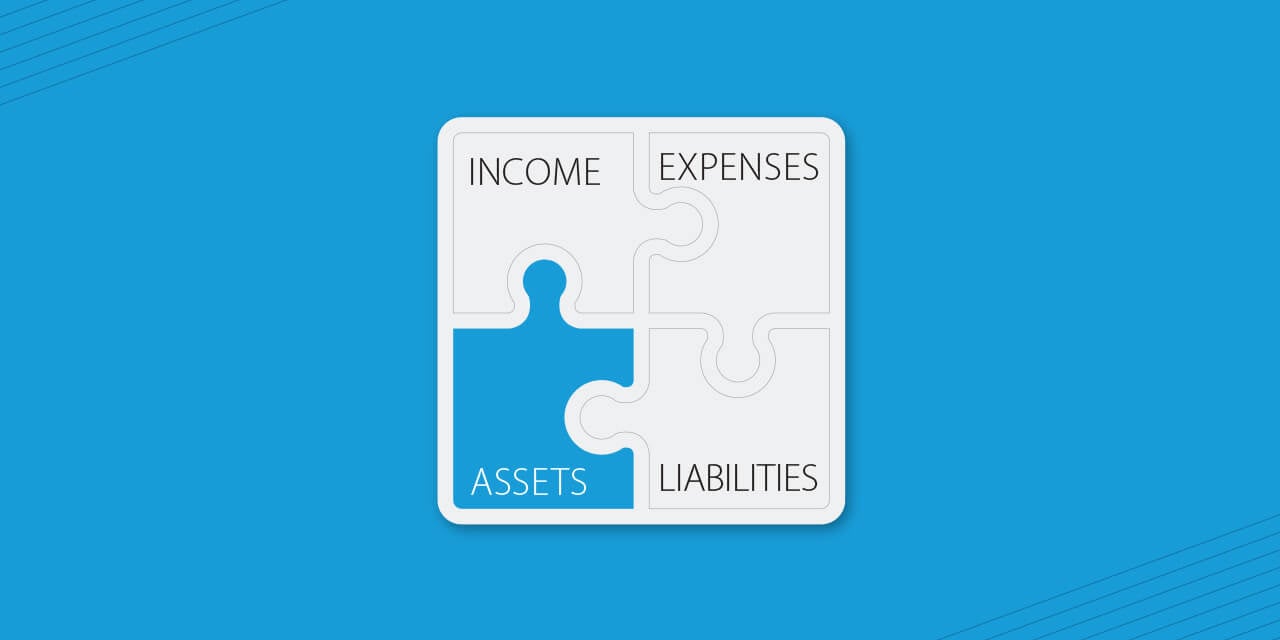
Retirement Guide
for Women
How We Got Here
When it comes to retirement planning, it’s important to recognize that, compared to men, women need to do more with less. There are lots of reasons for this discrepancy – some under your control, some not – but the takeaway is clear: To achieve the retirement you want, it’s critical you take an active role – and the sooner the better.
Women Tend To Have Less Wealth at Retirement ...
It’s no secret that, even when accounting for potentially mitigating factors, women earn less than men – barely 83 cents on the dollar.4 While a 17-cent gap might not sound like much, it can have profound, far-reaching consequences on retirement savings over the course of a career:
- It results in fewer funds available to be moved into savings or invested – a difference that gets magnified over time as wealth accrues and is reinvested year after year.
- It results in fewer resources available to be put into a retirement plan, often the biggest source of retirement funding.
- Because Social Security is based on the lifetime earnings, women making less than men can expect a commensurate drop in Social Security income.

So for most women, three of the main sources of retirement funding are underfunded, compared to their male counterparts. But it doesn’t end there:
in Earnings
Education alone isn’t enough to narrow the gender gap: Over the course of a lifetime, a woman with a bachelor’s degree earns on average just 72% what a male college graduate earns.5
Sixty-one percent of those providing care for an adult (such as an older parent or grandparent, or adult family member with special needs) are women, spending more than 20 hours per week on care, on average.6 Not only do they incur additional expenses associated with care, but that time spent out of the workforce is time not contributing toward retirement.
U.S. Census data shows that women are the primary caregivers in 4 out of every 5 single-parent families, meaning more of their income is spent caring for children.7
As a result of gender discrepancies like these, women’s average retirement savings are only 70% of those of men upon entering retirement.8
... Despite Having Greater Retirement Expenses
The gender gap can be especially acute in retirement, when women can expect to have a greater need for resources for a longer period of time. Consider:
On average, women live nearly 6 years longer than men.9 That additional longevity not only requires additional funds for daily living, but as the surviving partner, older women frequently have to assume responsibility for their spouse’s medical and long-term care expenses.
By age 55, single women outnumber men by nearly 40%. At this age, there are only 57 single men in the United States for every 100 single women.10
• Costs for long-term care have roughly doubled in the past 20 years11
• Women are also more likely to require hospice care and twice as likely to develop Alzheimer’s disease [12, 13]
• Women make up more than 70% of nursing home residents and 75% of assisted living residents [14, 15]
• More than half of women age 85 or older need help with activities of daily living, such as bathing or eating [14, 15]
As much attention is placed on the income gap between men and women, there’s a general misunderstanding that men’s and women’s expenses in retirement are roughly equal. Recognizing that women can have much greater expenses in retirement should be top-of-mind for any woman making decisions on her retirement.
Baird's Retirement Guide for Women:
NEXT: Understanding Your Wealth: Assets >>
Explore the Rest of the Guide:
Build Confidence in Retirement >>
How We Got Here
Understanding Your Wealth: Assets >>
Understanding Your Wealth: Income >>
Understanding Your Wealth: Liabilities >>
Understanding Your Wealth: Expenses >>
Where We Go from Here >>
